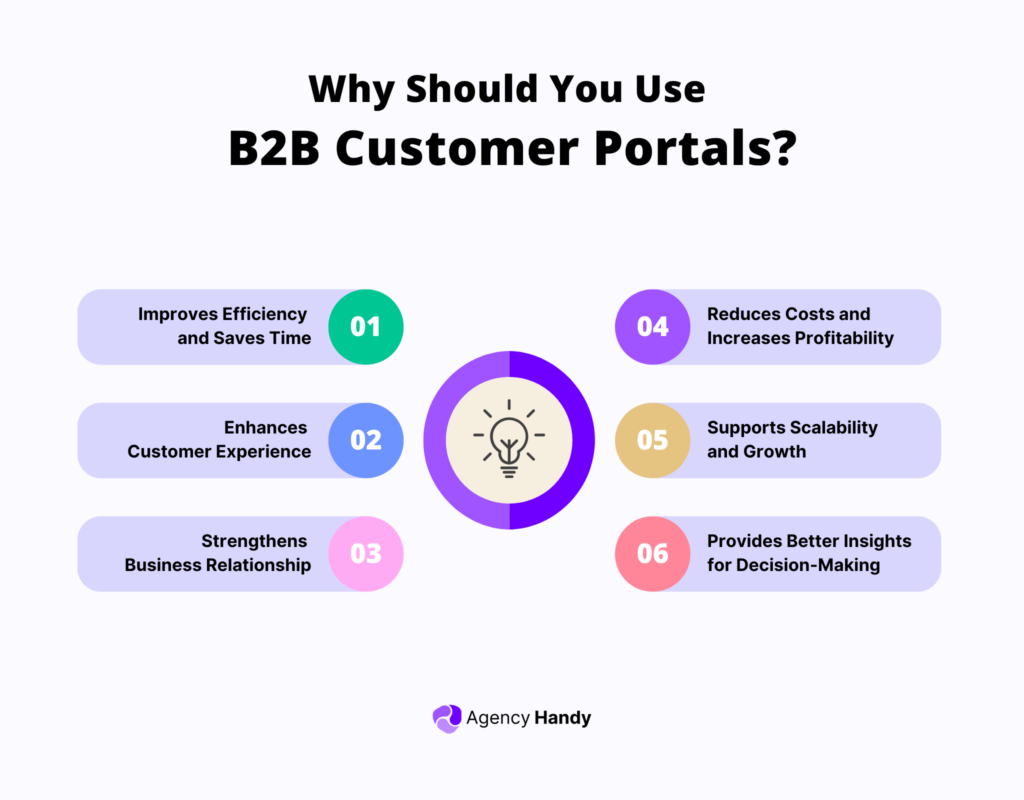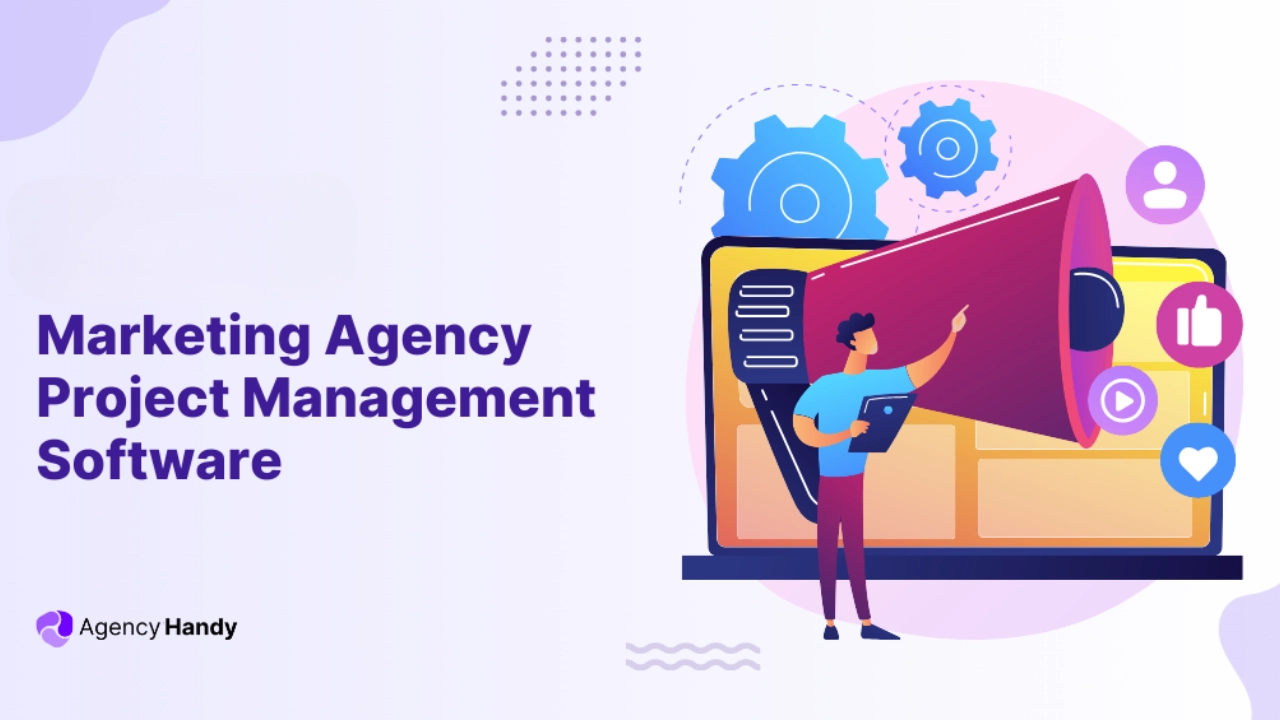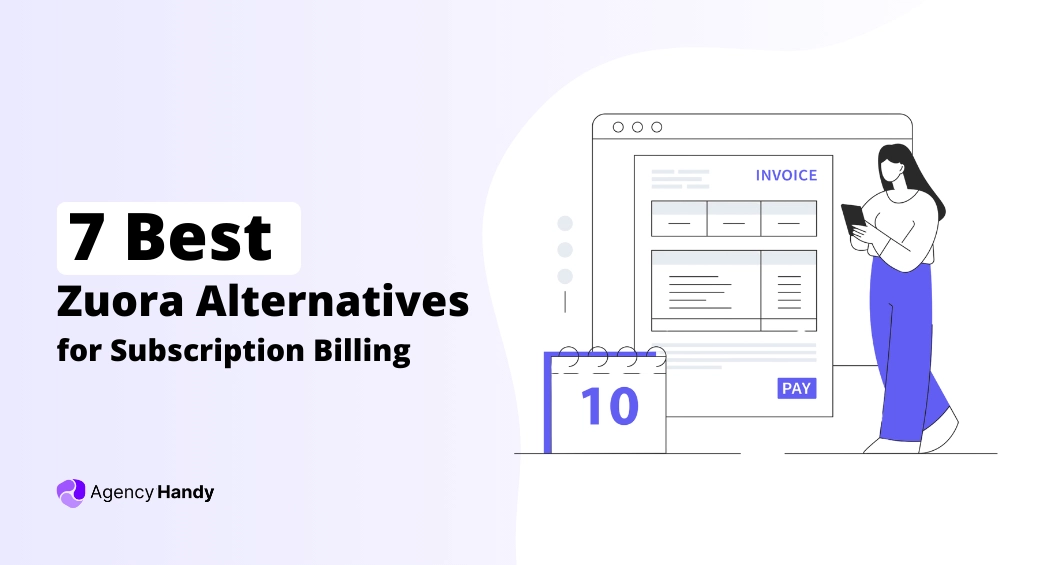75% of B2B customers prefer self-service options over talking to support. They want quick access to orders, invoices, and project updates. A B2B customer portal makes this possible by giving clients everything they need in one place.
If you rely on emails and spreadsheets to manage client interactions, you’re losing time. A self-service portal automates processes, improves communication, and enhances the customer experience.
In this guide, you’ll learn what B2B customer portals do, their benefits, and key features to look for. You’ll also see real-world examples and the best platforms in 2025 to help you choose the right one.
What is a B2B Customer Portal?
A B2B customer portal is an online platform for businesses to manage client interactions. It allows multiple users from a company to access tools based on their roles.
Businesses use these portals to handle orders, track shipments, and manage documents. They reduce manual tasks, improve accuracy, and keep communication smooth.
Unlike B2C portals, which serve individuals, B2B portals support complex transactions. Companies dealing with high-value deals need organized systems to manage accounts.
A well-designed portal helps businesses simplify operations and strengthen partnerships. It ensures clients have easy access to essential information, making collaboration more efficient.
Why Should You Use B2B Customer Portals?
Happy customers stay longer, and just a 5% increase in retention can boost revenue by up to 95%. A B2B customer portal makes your clients happy and improves your sales. Here’s why you should consider using one.

1. Improves Efficiency and Saves Time
Manual processes slow down operations and increase errors. A B2B portal automates key tasks like order management, invoicing, and communication.
Your clients can access information instantly instead of waiting for support. This speeds up transactions and helps your team focus on more valuable tasks.
2. Enhances Customer Experience
Clients expect fast, convenient service. A portal allows them to track orders, download invoices, and manage their accounts anytime.
It reduces frustration and increases satisfaction. Happy customers are more likely to stay with your business long-term.
3. Strengthens Business Relationships
Good communication builds trust. A portal provides a direct way to share updates, track project progress, and address concerns quickly. When clients feel informed and valued, they are more likely to continue working with you.
4. Reduces Costs and Increases Profitability
Handling customer requests manually requires more staff and resources. A well-designed portal reduces the need for constant support.
It also lowers operational costs. It also minimizes errors in orders and payments, preventing unnecessary expenses.
5. Supports Scalability and Growth
As your business grows, managing more clients can become challenging. A portal helps you handle increased demand without adding extra workload. With automation and organized data, your team can serve more clients efficiently.
6. Provides Better Insights for Decision-Making
A customer portal collects data on client interactions, order history, and preferences. You can use this information to improve services, personalize offers, and make better business decisions.
Key Features to Look for in a B2B Customer Portal
A B2B customer portal should simplify operations, and improve customer interactions. Choosing the right platform means looking for features that help your business run efficiently. Here are the essential ones to consider.

User-Friendly Dashboard
A dashboard provides a clear overview of important details. Your clients should see account summaries, order history, invoices, and relevant updates in one place.
A well-structured dashboard saves time by reducing the need to search for information.
Secure Account Management
Every client should have a personal account with secure login credentials.
A portal must allow users to update details, track transactions, and set preferences while keeping sensitive data protected. Strong security measures help prevent unauthorized access and data breaches.
Customizable Access and Permissions
B2B transactions involve multiple users with different roles. A good portal should let you set permissions based on responsibilities.
Employees, vendors, and clients should only see the information that’s relevant to them. This keeps operations organized and ensures sensitive data remains private.
Built-in Communication Tools
A portal should allow seamless communication between businesses and clients.
Features like messaging, notifications, and task updates keep everyone on the same page. This reduces delays caused by back-and-forth emails and ensures quick issue resolution.
Self-Service and Support Options
Clients should be able to handle common tasks without contacting support. A strong portal includes FAQs, troubleshooting guides, and ticketing systems. Offering self-service tools saves time and improves customer satisfaction.
Automated Reporting and Analytics
Tracking key performance indicators helps businesses improve services. A portal should provide reports on orders, customer interactions, and overall trends. This data allows you to refine processes and make informed decisions.
Best B2B Customer Portal Platform in 2025
According to Considered Content, 63% of buyers want better insights and a B2B portal can do just that. Choosing the right B2B customer portal depends on your business needs, budget, and integration requirements. And here’s the top choice:
Agency Handy – Best for Agencies Managing Clients and Projects

Agency Handy is an all-in-one client portal management system. It may not be the most obvious choice when thinking of B2B customer portals. However, Agency Handy has powerful features that make it a good choice.
Especially, if you’re looking for a B2B customer portal specifically for agencies handling multiple client projects. It combines CRM, invoicing, task management, and service ordering into one platform, reducing the need for multiple tools.
Clients can submit project requests, track progress, review deliverables, and process payments without back-and-forth communication.
The dashboard allows businesses to keep everything organized while offering a branded, white-labeled experience.
Key Features
- Client Management – Store client profiles, track interactions, and automate invitations.
- Client Collaboration – Clients can submit requests, approve tasks, and manage orders.
- Order and Task Management – Use Kanban boards to assign tasks and monitor progress.
- Custom Order Forms – Collect essential project details without extra follow-ups.
- Invoicing and Payments – Generate invoices and accept payments via PayPal, Stripe, and Wise.
- White Labeling – Customize branding, domain, and emails for a professional look.
Pros
- All-in-one solution for agencies managing multiple services.
- Affordable pricing for small and mid-sized businesses.
- Automates tasks like client onboarding and billing.
Cons
- Limited integrations with external project management tools.
Conclusion
A B2B customer portal helps you streamline operations, improve customer experience, and reduce manual work.
Whether you need CRM integration, self-service tools, or automation, choosing the right platform makes a difference.
The right portal saves time, improves relationships, and increases profitability. Ready to manage clients better?
FAQS
1. How does a B2B customer portal improve customer retention?
A portal gives customers instant access to orders, invoices, and updates. Faster service and better communication keep clients engaged, increasing retention and long-term loyalty.
2. Can small businesses benefit from a B2B customer portal?
Yes, small businesses save time with self-service tools and automation. Platforms like Zoho Customer Portal offer affordable and easy-to-use solutions.
3. How secure are B2B customer portals?
Top platforms include secure logins, role-based access, and encryption to protect sensitive data. Always check compliance certifications before choosing a portal.
4. What industries benefit most from B2B customer portals?
Agencies, wholesalers, SaaS companies, and service providers use portals to streamline operations and manage clients efficiently.
5. How do I know which B2B customer portal is right for me?
Consider your budget, business size, and integration needs. Test free trials to find a user-friendly platform that supports your growth.








